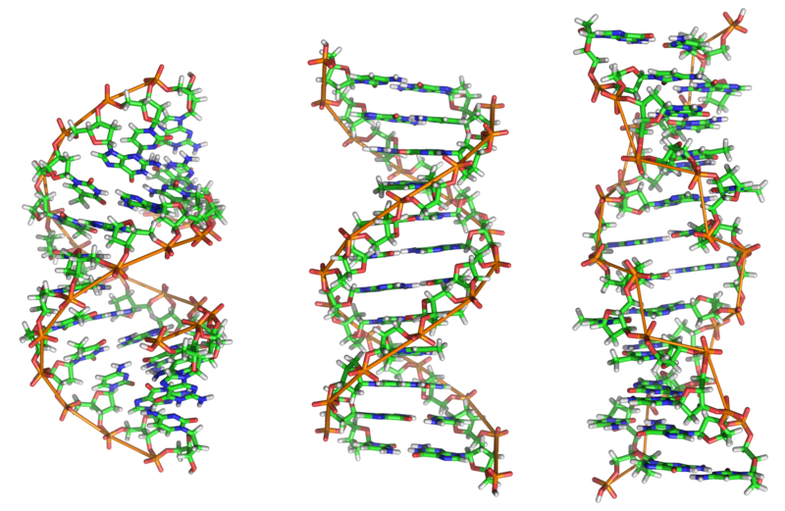Nano-Robots That Compute With DNA Installed Into Living Cockroach
Gives a whole new meaning to the term "computer bug."

Scientists have inserted DNA-based nanobots into a living cockroach, which are able to perform logical operations. Researchers say the nanobots could eventually be able to carry out complex programs, to diagnose and treat disease.
These DNA machines (or origami robots, so-called since they can unfold and deliver drugs stored within) carry fluorescent markers, allowing researchers to tell where in the roach’s body they are traveling and what they are doing. Incredibly, the “accuracy of delivery and control of the nanobots is equivalent to a computer system,” New Scientist reported. A study describing the advance was published this week in Nature Nanotechnology.
The nanobots can interact with one another, and were shown to be able to perform simple logical operations, for example releasing a molecule stored within upon command. Or, as the researchers put it: “The interactions generate logical outputs, which are relayed to switch molecular payloads on or off.” It’s a little hard to believe or wrap your head around, but then again, scientists for years have been able to use DNA to store large amounts of information, and DNA bots are nothing new. The researchers get the bots to work by exploiting the bind properties of DNA:
“This is the first time that biological therapy has been able to match how a computer processor works,” study co-author Ido Bachelet, from the Institute of Nanotechnology and Advanced Materials at Bar Ilan University in Israel, told New Scientist. The scientists said it should be possible to improve the computing power of the nanobots to approach that of an “8-bit computer, equivalent to a Commodore 64 or Atari 800 from the 1980s.”
While the bots cannot currently be inserted into mammals, due to their more advanced immune systems that can recognize and target these foreign particles, they can probably be modified to do so. “There is no reason why preliminary trials on humans can’t start within five years,” Bachelet said.